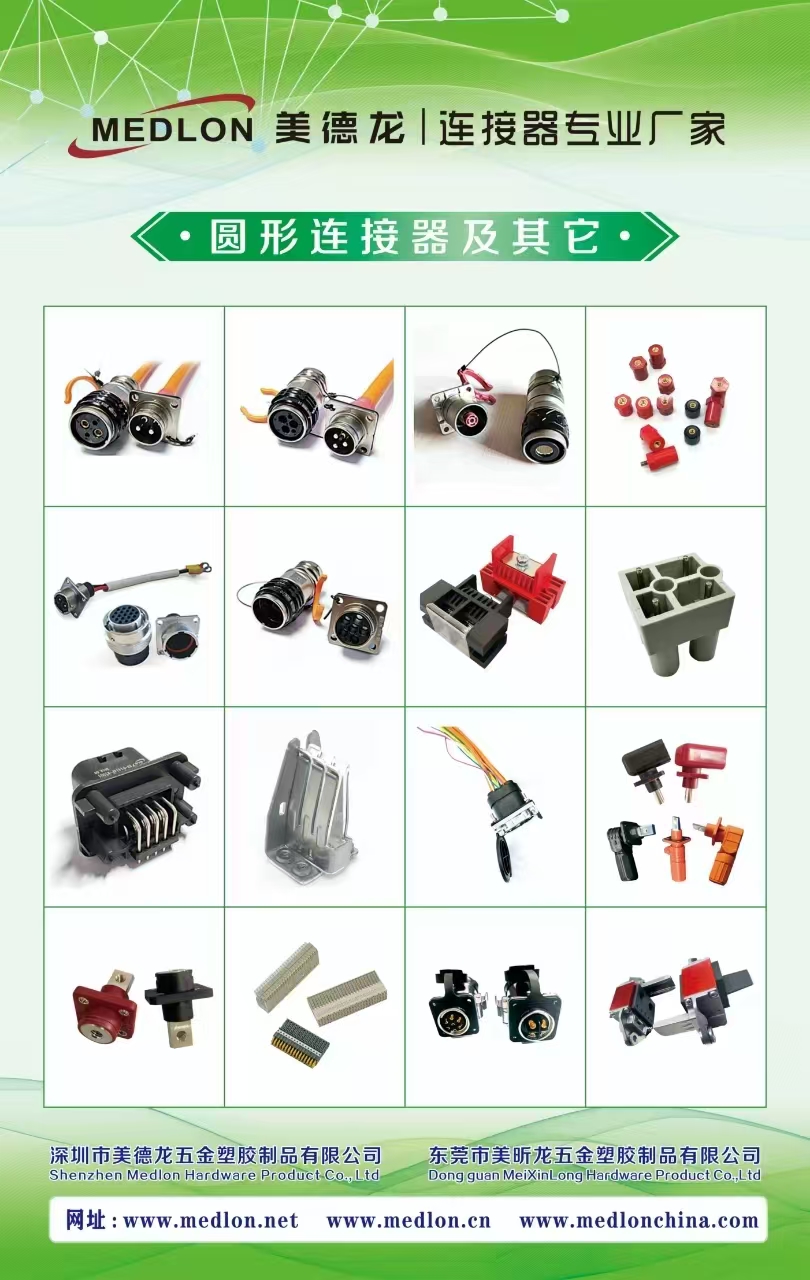MedlonUploaded:2025-04-07Browse:62
In today’s fast-paced world of electronics and communication, signal integrity plays a critical role in ensuring the seamless operation of devices and systems. One of the most common challenges faced in this domain is crosstalk. Crosstalk can significantly affect the performance of signal connectors, especially in applications demanding high-speed data transmission. As a leading power blade connector manufacturer, Medlon is committed to educating the industry about crosstalk and offering solutions to mitigate its effects.
This article delves into the concept of crosstalk, its causes, its impact on signal connectors, and how Medlon’s advanced power blade connector designs help address this issue. Whether you are a design engineer, a system architect, or an enthusiast, this guide will provide you with valuable insights into managing crosstalk effectively.
Crosstalk refers to the unwanted transfer of signals between adjacent conductors or circuits, leading to interference. This phenomenon is particularly prevalent in environments where multiple signals coexist in close proximity, such as in densely packed connectors and cables. Crosstalk can distort the intended signal and degrade overall system performance.

In signal connectors, crosstalk typically manifests as electrical noise, which can interfere with data transmission, cause errors, and even lead to complete communication failure in extreme cases. As data rates continue to increase, the susceptibility to crosstalk also rises, making it a critical factor to address in modern connector designs.
The primary causes of crosstalk in signal connectors include:
Understanding these causes is essential for designing connectors that minimize crosstalk and ensure reliable signal transmission.
Crosstalk can have a wide range of negative effects on signal connectors and the systems they are part of. These include:
Given these potential consequences, it is imperative to address crosstalk during the design and manufacturing stages of signal connectors.
Medlon, as a trusted power blade connector manufacturer, understands the challenges posed by crosstalk and has developed innovative solutions to mitigate its effects. Our approach includes:
Medlon’s power blade connectors are meticulously designed to minimize crosstalk. By optimizing the spacing between conductors and using advanced geometries, we reduce the likelihood of electromagnetic interference.
We use high-quality materials with superior dielectric properties to enhance insulation and reduce crosstalk. These materials also contribute to the overall durability and reliability of our connectors.
Our connectors feature robust shielding solutions that prevent electromagnetic fields from leaking and causing interference. This shielding is especially critical in high-frequency applications.
Medlon employs precise impedance control techniques to ensure consistent signal transmission and reduce reflections that can lead to crosstalk.
All our connectors undergo rigorous testing to evaluate their performance in real-world conditions. This includes testing for crosstalk to ensure that our products meet the highest standards of signal integrity.
Medlon’s power blade connectors are used in a wide range of applications where signal integrity is paramount. These include:
By addressing crosstalk effectively, Medlon’s connectors enable these applications to operate at their full potential.
As technology continues to evolve, the demand for high-speed, high-density connectors will only increase. This presents new challenges in managing crosstalk. Some of the emerging trends in crosstalk mitigation include:
Medlon is at the forefront of these trends, investing in research and development to stay ahead of the curve and deliver cutting-edge solutions to our customers.
Crosstalk is a critical challenge in the design and operation of signal connectors, particularly in high-speed and high-density applications. By understanding its causes and effects, and by implementing effective mitigation strategies, it is possible to ensure reliable signal transmission and system performance.
As a leading power blade connector manufacturer, Medlon is dedicated to providing solutions that address crosstalk and other challenges in signal integrity. Our innovative designs, high-quality materials, and rigorous testing processes set us apart as a trusted partner in the industry.
Whether you are designing a data center, a telecommunications network, or an industrial control system, Medlon’s power blade connectors offer the performance and reliability you need. Contact us today to learn more about our products and how we can help you overcome the challenges of crosstalk.